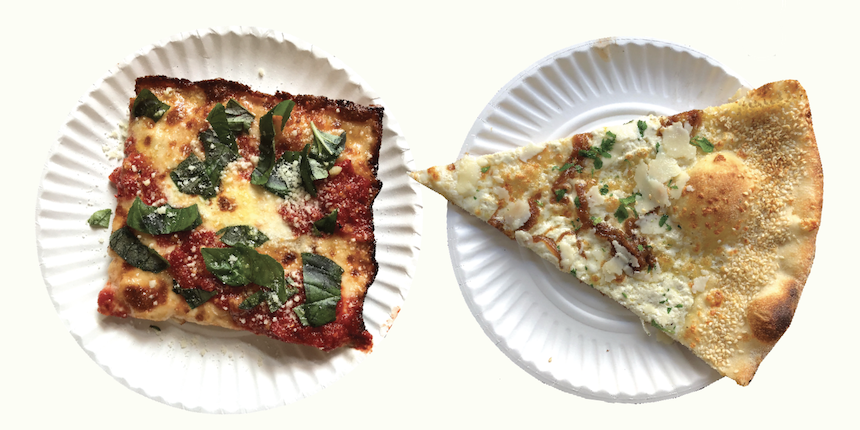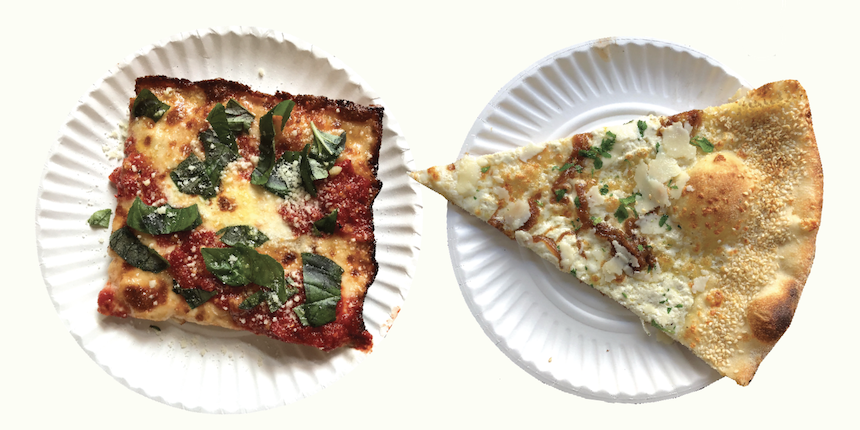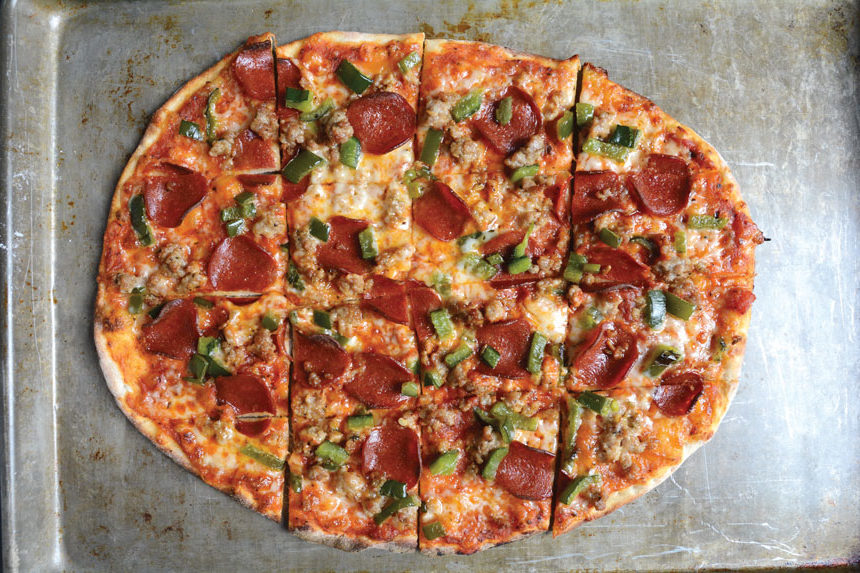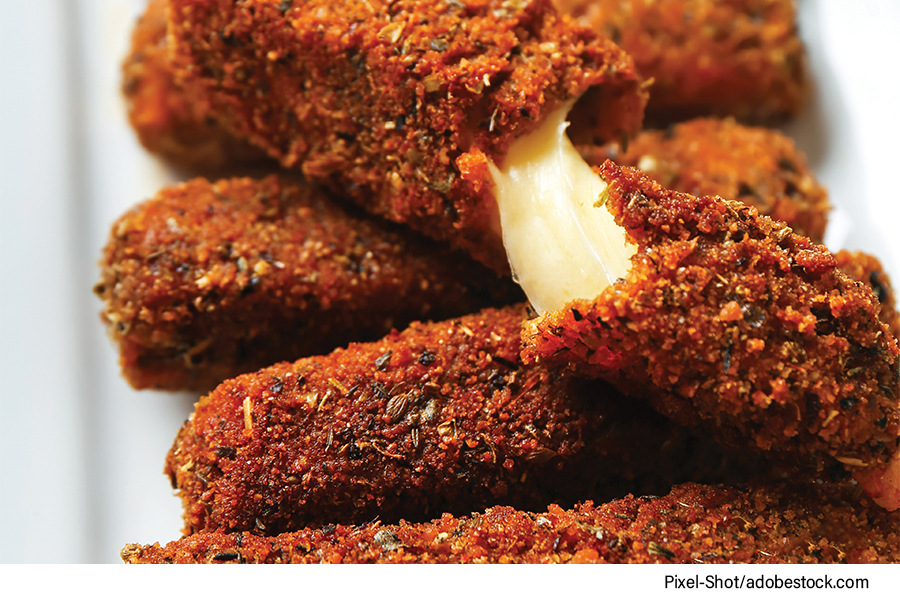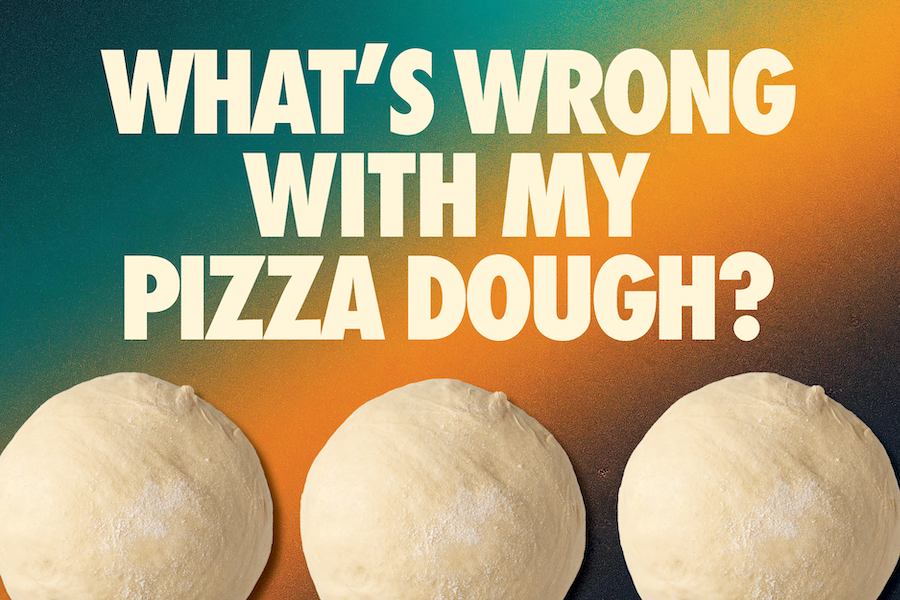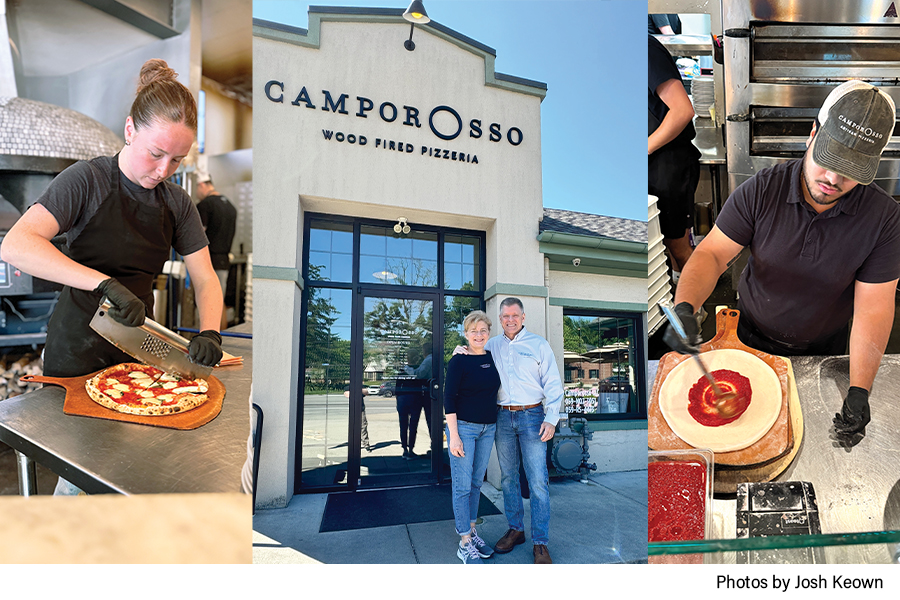Pizza Dough Chameleon — Learn to adapt your dought to multiple styles
The pizzeria of the past had one style and that was all that was offered. The pizzeria of today and the future is one that can present a variety of styles and keep their customers guessing with new and exciting options. For those who are making one dough, it can be nerve racking to think about adding a completely new recipe and complicating their already organized systems, but it is not quite as complicated as you might think.
With a few tweaks and small changes, it can be easy to incorporate new styles without much work. For those pizzerias who are making New York style or are cooking around 500 F, it can be quite easy to multipurpose the one dough recipe. New York might be the one style that is easiest to multipurpose into others. For instance, a Sicilian pan pizza is normally 65-percent hydration and higher, whereas a New York can be as low as 55-percent hydration. If the dough recipe is tweaked to the minimum 65-percent hydration of a Sicilian, it can be easily used as both a New York and Sicilian pan. By increasing the hydration on your recipe you will not only be able to execute a Sicilian or other pan pizza, but your New York will stretch a little easier if the dough is at room temperature and will also give your final product a little more crunch and durability. Another small plus is by adding more water to your recipe you will get a bigger yield out of your final dough in terms of number of dough balls per batch.
Other than increasing the hydration, nothing else would need to be changed for the dough recipe. In addition, the fermentation time could be kept the same. In terms of preparation, a small investment for pans would be all that is needed. Other pan styles like Grandma and Detroit would also be easily adapted from a New York style dough recipe. For the purists a different dough would be required for each style, but by changing technique and keeping the dough recipe the same all the pan styles are possible. For Sicilian, Grandma and Detroit there is usually a single rise method or a double rise method. The single rise is when you push the dough out in your pan, let it rise, and then bake it from there, either a complete bake with toppings or a parbake, meaning you will only bake it part of the way and then top it and return it to the oven for its final bake. Another method involves a double rise in which you would push the dough out in your pan, let it rise, de-gas and restretch the dough if it is not quite into the corners, let it rise again, and then the bake it for the full time or parbake.
New York-style dough can also be turned into a cracker thin or thin crust pizza very easily by changing your technique. For larger operations, a dough sheeter is great because it makes quick work of flattening any size dough ball. For smaller shops, a rolling pin works great. An easy way to get the distinct crunch from a thin crust, cracker thin, or tavern-style pizza is to dust your dough ball in cornmeal or semolina before flattening. The thickness of your dough may vary but adding something like cornmeal that is coarse will help give added crunchiness without changing anything else.
The great thing about all these styles is that they can all be executed out of the same oven. For the New York style a gas deck oven is usually the most common. The temperature could be kept the same on each deck, but if you increased the temperature on one deck and added a little extra oil to the pan for the Sicilian, Grandma, or Detroit, you can change the texture on the bottom of the pizza making it seem like something completely different. That little extra oil and a slightly higher cook temperature fries the dough on the bottom which lends to a completely different crunch and mouth feel.
A Sicilian or a focaccia type product is a great addition to any menu for numerous reasons. Thicker pan pizzas tend to travel better for delivery and take-out. They can also diversify your menu and be more alluring which could increase your average ticket sale. If the par-bake method is being used, the shell can be multi-purposed even more into sandwiches for an easy lunch menu or party platter and day-old shells can be ground into breadcrumbs or cut up into croutons for salads.
For those pizzerias that choose to have different dough recipes for each style, this works great but is a little more work in terms of organization. I recommend color coding your dough boxes or using boxes plus sheet pans. Another way to distinguish between recipes is to change how many dough balls fit into a box or on a pan. Having a dough schedule and designated team of dough makers is key when you expand into multiple dough recipes. Depending on your environment and location, your batch of dough is going to change every day, and having the same people make your dough who can pinpoint those small changes and compensate for them is crucial to having a consistent product.
There are other ways to adapt dough recipes to fit multiple styles, but changing your hydration is the easiest one. The pizzeria of the future that will be around for generations is one that can adapt and evolve. Although Detroit-style pizza is not new to those who grew up in Detroit, it is a style that is very much at the forefront of the industry and does not look like it’s going anywhere anytime soon. Being able to offer the popular style of the moment with little pain and frustration will only increase your profits and popularity.
Laura Meyer is the owner of Pizzeria da Laura in Berkeley, CA.


